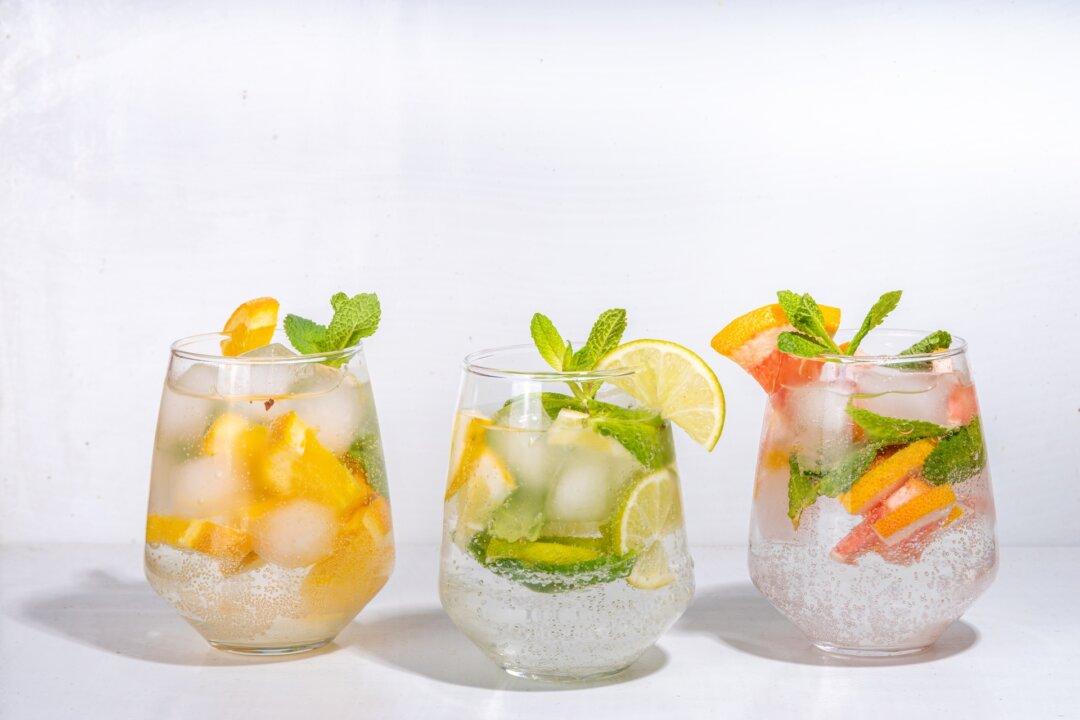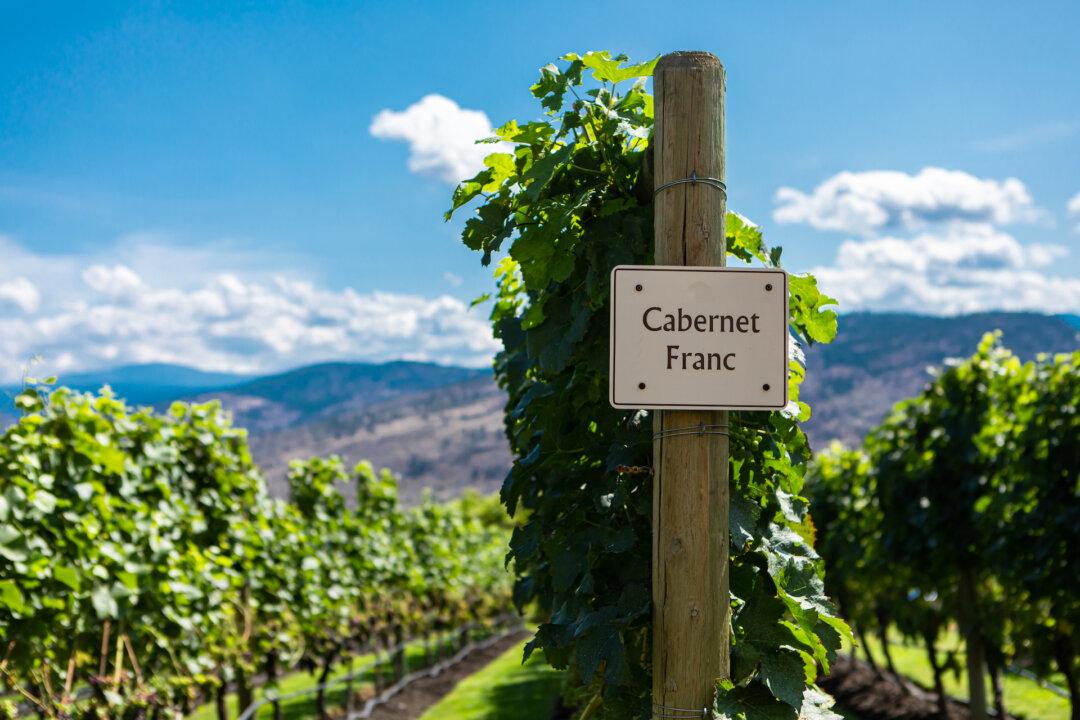The complications arising in the production of wine can be so voluminous that it takes a multi-year college degree to master the basics, and after that it takes years to become an expert in all of its manifestations.
Those who love chardonnay (or any grape variety, for that matter) will have a hard time processing the stratagems involved in its production—and that says virtually nothing about the complications that take place before that variety is even planted in the soil, takes root, finally is harvested, and is brought to a production facility.
Grapes arriving at the winery typically come loaded into 30-pound lug boxes, or maybe in large trucks that may be dumped into a large stainless-steel bin containing a massive auger, usually with a plastic guard that helps to protect tearing the grape skins.
It is at this stage that the winemaker typically adds some sulfur dioxide to protect the fruit from oxidation as it goes through the auger to a de-stemming device that removes the stems and assorted other material other than grapes (winemakers call this MOG). Then it is sent on to a press, which helps to turn the grapes into juice and removes the skins for other uses.
The winemaker then has a crucial decision to make: How many gallons of juice from each ton of fruit does he or she hope to get? The average amount is about 160 gallons, and it is well known that to get much more than that requires significantly heavier pressure, which can produce bitterness and/or produce flavors that are probably risky in terms of quality.
If the winemaker chooses to get fewer gallons out of a ton, the result could possibly make a better wine, but fewer gallons make less wine, which results in lower overall profits.
Once the juice has been moved to a fermentation tank, time is expended to allow solids to settle to the bottom of the tank. Meanwhile, the winemaker is doing important technical analysis to ascertain what exactly is in that juice, such as acid, pH, sugar, and many other constituents, to determine how best to proceed.
Here the winemaker probably has already decided whether to use a prepared yeast strain, sold by specialty suppliers. Some yeasts are chosen because they improve the overall aromatics of the wine to accentuate special characteristics, such as terpenes or other elements that will be part of the wine’s signature.
Many winemakers today are pleased to use so-called “wild yeasts,” which typically are on grape skins when they arrive at the winery. In most cases, they are little more than prepared yeasts the winery had used in past years that continue to propagate themselves in the vineyards.
The choice of yeast determines much about the way the fermentation will continue.
Starting a fermentation can be tricky, forcing winemakers to take extra measures. Winemakers then also decide on what temperature should be used for the fermentation. Too warm or cool a fermentation can have detrimental effects.
Once the fermentation has begun, the winemaking team must monitor it to make certain that it continues according to plan, because if it should slow down or stop, measures must quickly be taken to restart it or deal with its sluggishness.
Chardonnay is an extremely light-flavored wine grape, so after fermentation, it is often transferred to a wooden cask for maturity and to pick up some nuances imparted by the barrel, giving the wine a slightly richer, more complex flavor profile and likely adding to its longevity.
Winemakers then must decide how long the wine spends in the barrel. Too little or too long both entail risks.
Once it is time for the wine to be bottled, numerous other decisions must be made that involve bottles, corks, any treatments the wine needs, and many other factors.
This scenario is complicated, includes at least 50 or 75 different decisions that we did not mention here, and includes several other processes that most wineries add to the mix.
Multiply this by many different grapes processed by most wineries, and taking into consideration the different volumes of each, it is a dynamic process that takes a long time to master.





